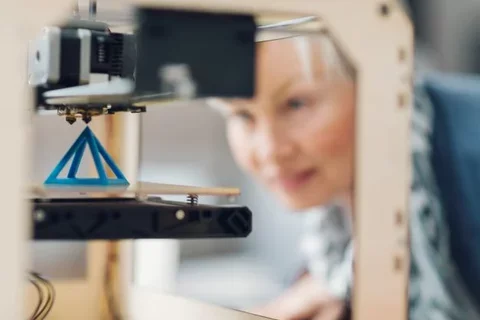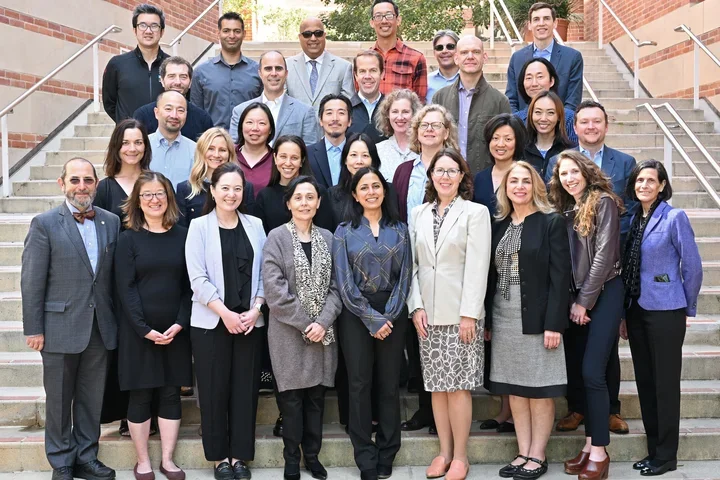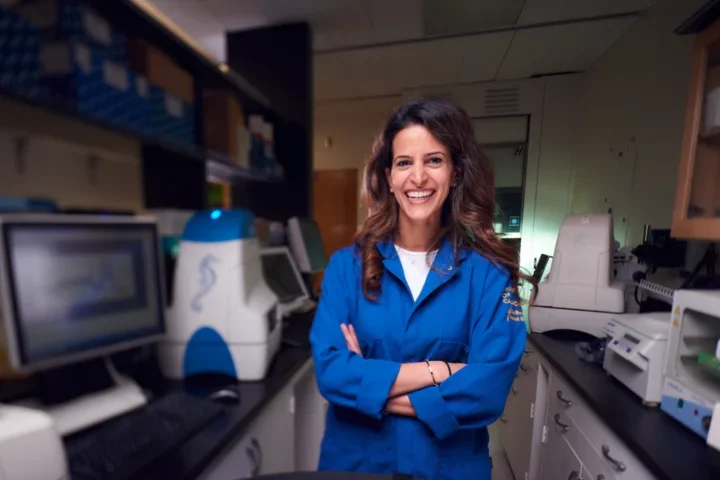Medical Advances in Technology of the Past 50 Years
A Look at the Evolution of Technology in Medicine

How Technological Developments Have Shaped and Evolved Healthcare
Medical technology advances in the last 50 years may have changed the practice of medicine, but they have also saved lives, increased access to care and improved quality of life. A brief look back to medicine in the 1960s may render a more realistic picture of the past — and point the way to a more hopeful future.
What was healthcare like in the age of Don Draper, when Lyndon B. Johnson was president and Martin Luther King Jr. marched for civil rights?
Practicing Medicine in the 1960s
Fifty years ago, the leading cause of death in the United States was heart disease, as it is today, but the death rate was nearly three times higher — 559 deaths per 100,000 Americans in 1965 compared to 192 in 2014. Incidence of cancer was lower in the 1960s, but today the survival rate is nearly 30 percent higher. Life expectancy in the U.S. was 68, meaning most adults didn't live much past retirement age. Today, the availability of more effective treatment has boosted life expectancy to nearly 80.
In the 1960s, scientists made major advances in our understanding of the genetic code and transfer RNA, building on Watson and Crick's 1953 discovery of DNA's molecular structure and setting the stage for the exciting fields of genomics, epigenomics and bioengineering.
The 1960s saw the development of the first artificial heart and the balloon embolectomy catheter that allowed the first minimally invasive surgical procedure. Surgeons attempted the first human liver and heart transplants, procedures that now save thousands of lives each year. Vaccines for rubella and mumps introduced in the 1960s have largely eradicated those diseases in the U.S. Scientists first made synthetic insulin in a laboratory in the 1960s. A decade later, commercial production of synthetic insulin made lifesaving treatment available to people with diabetes across the country.
While the cost of care has risen since the 1960s — in part because of medical technology advances — so has the quality of care, improving both longevity and quality of life. A 2001 analysis showed that in at least four major conditions — heart disease, low-birth weight infants, depression and cataracts — the increased cost of care is well worth it in terms of longer, more productive lives.
At UCLA in the 1960s, the medical center and medical school were forging new ground with the establishment of the Neuropsychiatric Institute, Brain Research Institute, and the Marion Davies Children's Center. The hospital and medical school both doubled in size, adding the School of Dentistry, School of Public Health and School of Nursing.
The 1960s provided a turning point marked by the increased pace of medical technology advances that have revolutionized healthcare. Today, healthcare is undergoing another stage of rapid transformation. Researchers, faculty and students at the David Geffen School of Medicine at UCLA are leading the way by combining cutting-edge research with community engagement to deliver compassionate, effective healthcare to the region and to the nation.



